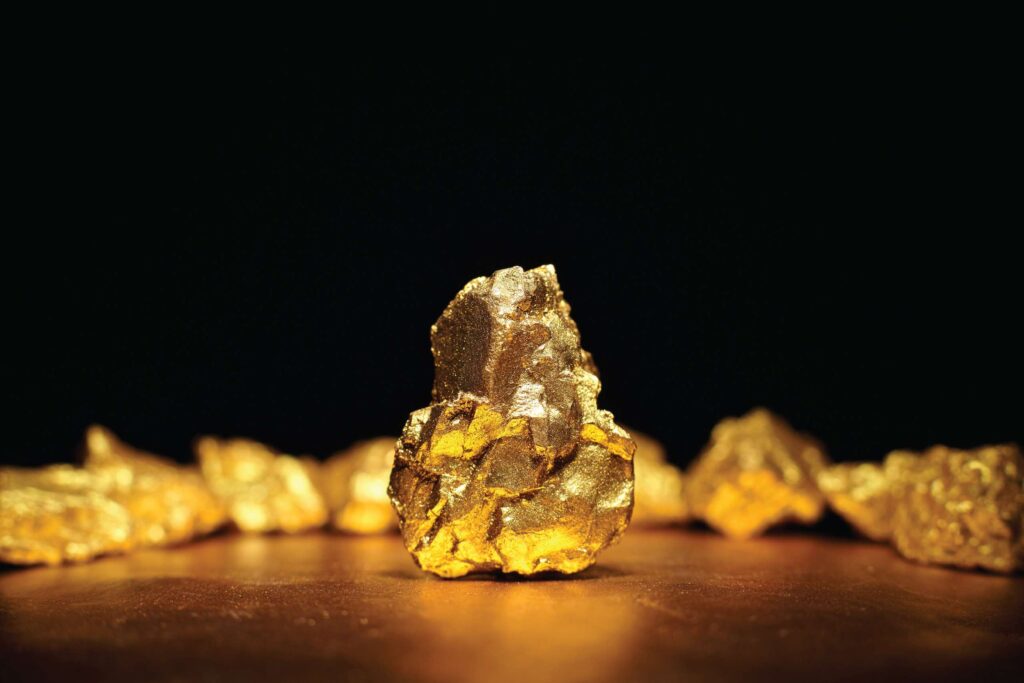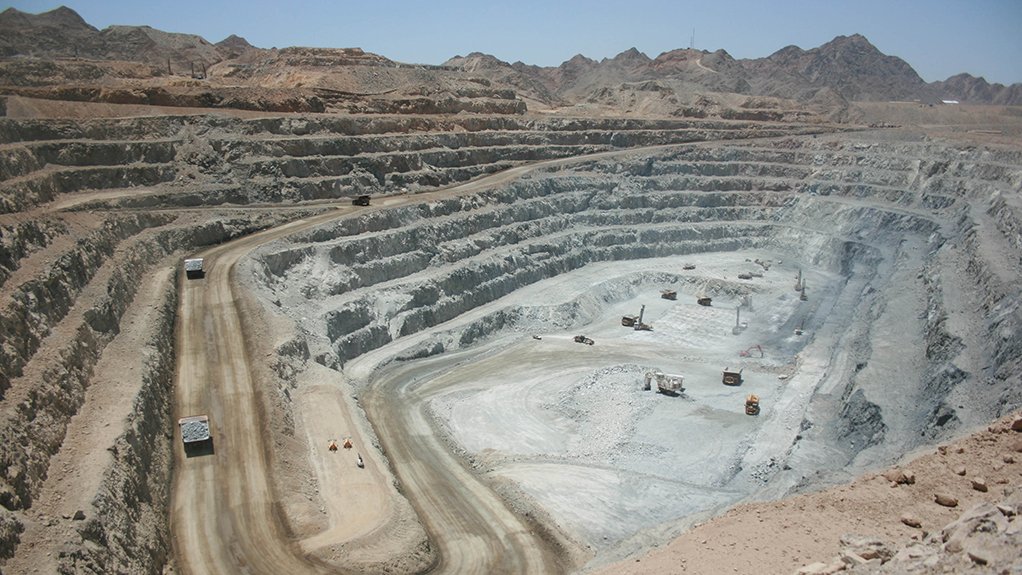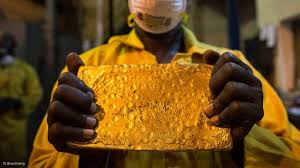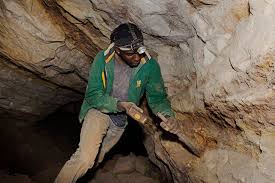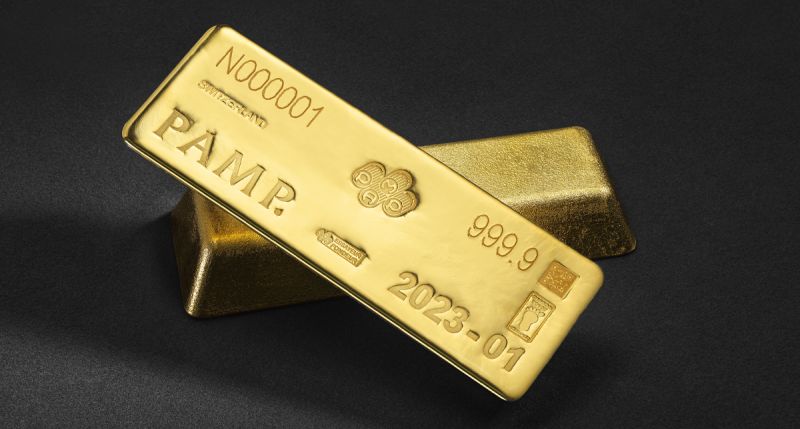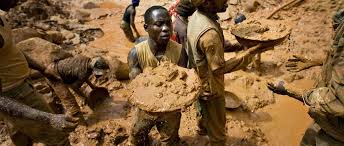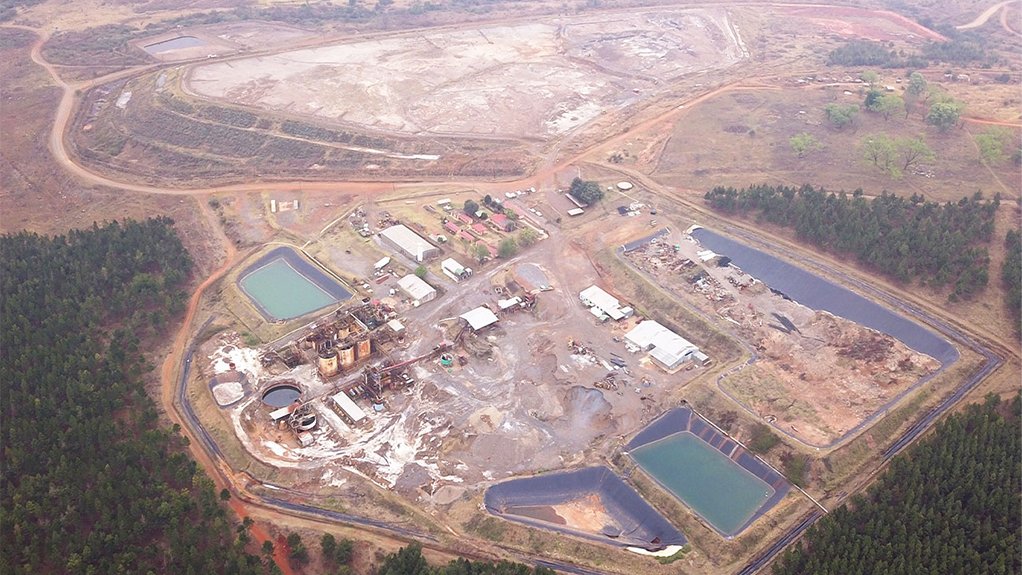Precious Metals

Zimbabwe Leads Africa in Reducing Mercury Use in Gold Processing
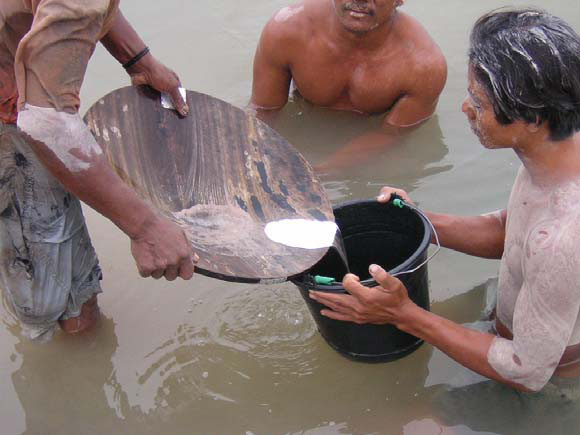
Zimbabwe is positioning itself as a continental leader in reducing mercury use in gold processing, having made notable progress toward eliminating the toxic substance from small-scale mining operations, Mining Zimbabwe can report.
This was revealed by the Ministry of Mines and Mining Development’s Chief Government Mining Engineer (CGME), Michael Munodawafa, during the Planet Gold Zimbabwe Inaugural Annual Stakeholders Conference held in Harare.
Mercury has long been used by artisanal and small-scale gold miners (ASGM) in Zimbabwe to extract gold from ore. However, the practice poses serious health risks to miners and nearby communities while contributing to widespread environmental pollution through soil and water contamination.
Recent studies estimate that Zimbabwe’s artisanal and small-scale gold mining sector uses and releases over 24 tonnes of mercury annually, making it one of the largest sources of mercury pollution in the region. Nearly 96 percent of artisanal gold sites still rely on mercury for gold recovery, with some operations using up to 100 kilograms per month.
Recognizing this challenge, the government, in collaboration with Planet Gold Zimbabwe, launched a five-year project aimed at reducing mercury use by 4.85 tonnes through training, awareness campaigns, and the introduction of mercury-free gold processing technologies.
Speaking at the conference, Eng. Munodawafa highlighted that Zimbabwe is progressing well toward meeting and potentially surpassing its mercury reduction targets.
“We are also trying to eliminate the use of mercury, but I think we are moving in that direction fast. Soon we will be the flagship for Africa and for the world, because I think at our pace we are moving faster than most of the other countries that have been interacting with regard to the reduction in the use of mercury. But I think we can surpass our target—we will confirm the moment we start collecting proper statistics,” Munodawafa said.
Joanne Lebert, the Executive Director at IMPACT, echoed the same sentiments, adding that Zimbabwe’s Planet Gold Project could be used as a model for similar projects to be undertaken globally.
“I’m really very confident that we’ll exceed that target that was set. It’s always better to put the target a little lower and exceed it rather than put it too high and fall short. So, I really think Zimbabwe has the potential to go way beyond what the targets are of the project. I’m sure that together we can achieve and possibly exceed those targets, and that Planet Gold Zimbabwe can be a model for other Planet Golds and other initiatives globally,” she said.
“Strengthening the Mines and Minerals Bill: Advancing Reforms for the Benefit of Artisanal and Small-Scale Gold Miners.” One of the points related to the reduction of mercury is the phased formalization of the ASM sector.
Munodawafa emphasized that formalization not only improves environmental management but also strengthens economic accountability.
“The Ministry also recognizes the pivotal role being played by artisanal and small-scale miners in creating employment and improving the livelihoods of our local communities. It is therefore vital for us to continue to move from informality. Most of our artisanal miners have been operating informally, but we are aiming to move them, through the help of Planet Gold, into responsible, inclusive, and sustainable mining,” he said.
The formalization of artisanal and small-scale miners has become a key strategy in these efforts. By helping miners operate legally and responsibly, the government and Planet Gold Zimbabwe can better regulate mercury use, provide access to cleaner technologies, and ensure that gold production is traceable and sustainable.
Funded by the Global Environment Facility (GEF) and led by the United Nations Environment Programme (UNEP), Planet Gold Zimbabwe is implemented by IMPACT in partnership with the Ministry of Mines and Mining Development and the Ministry of Environment, Climate and Wildlife.
Over its five-year period, the programme aims to reach 7,500 artisanal miners across 72 sites, promote safer working conditions, and enhance environmental stewardship across 76,000 hectares of mining areas affected by mercury use.




